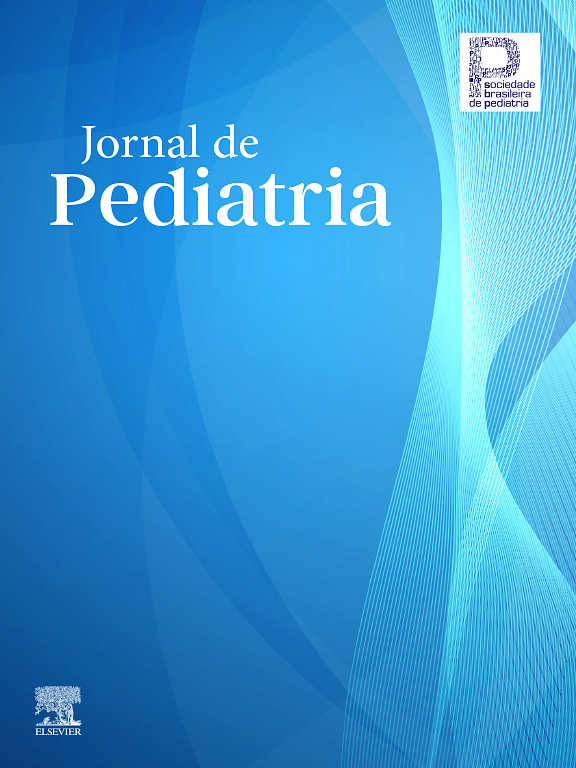The aim of this study was to evaluate the efficacy of an iron prophylactic supplementation program, in three health centers of Santo André, in São Paulo state. The prevalence of anemia was identified in a control group consisting of 201 children of 1 year old. The intervention group consisted of 308 children younger than 3 months, but 55% of them gave up during the survey. The mothers were instructed to give them daily prophylactic doses of iron sulfate (6mg of iron/day) when they were 4 or 6 months old, according to the kind of breast-feeding. The mothers were also instructed about feeding and anemia and its risk to children's health. When the children were 12 months old, the diagnosis of anemia was made through dosage of hemoglobin concentration and the results were compared with those of the control group. It was verified that the 2 groups presented similar prevalences. It is important to realize that children with low frequency of visits to the health centers had prevalence of anemia significantly higher than those with high frequency. Some factors that possibly contributed to the result of the intervention are discussed.
The Impact Factor measures the average number of citations received in a particular year by papers published in the journal during the two preceding years.
© Clarivate Analytics, Journal Citation Reports 2025
SRJ is a prestige metric based on the idea that not all citations are the same. SJR uses a similar algorithm as the Google page rank; it provides a quantitative and qualitative measure of the journal's impact.
See moreSNIP measures contextual citation impact by wighting citations based on the total number of citations in a subject field.
See more








